Olympus Photography Playground was located a the opera workshops in Berlin. The exhibition opened April 10th through May 25th, 2014 for free to all. The space was transformed with installations created by artists Maser, Philip Beesley, Leondro Erlich, Daniel Lisson, AlexandLiane, AntiVJ, Anna Burns and Thomas Brown, Clemes Behr, Dean Chamberlain, Stills & Strokes, flora&faunavisions, and Correlators. The space was designed to interact with its visitors, with each installation that transformed the space. Each visitor was given the chance to borrow an OM-D camera for the duration of the visit, which they can use to capture their experience throughout the exhibition.
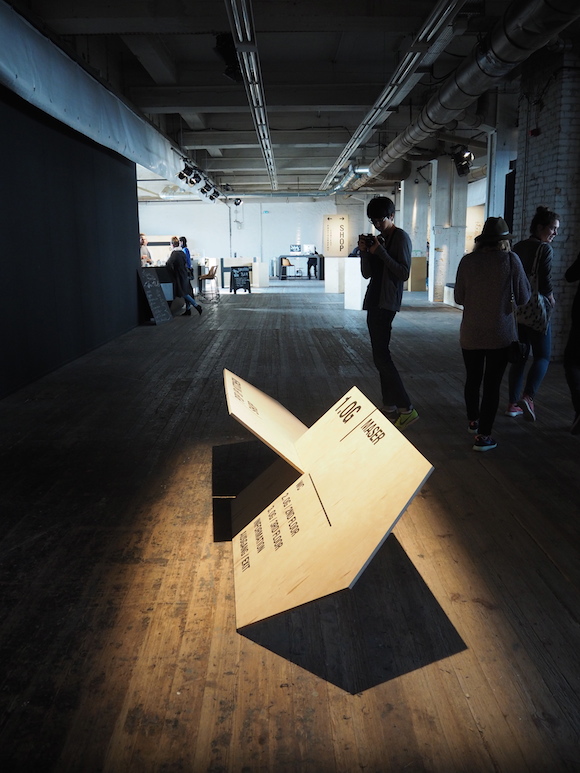
The Olympus Photography Playground branding was black and white, very minimal that was used for the façade of the building as well as signage. The building itself is very raw, that did not distract each artist’s works. The lighting set up was either set by the artist, but throughout the building was mostly natural light from the windows. The signage in the exhibition was in black and white on plywood boards or sometimes structures. The signage had spotlights on them in the walkways that was very eye catching and helpful for navigation.
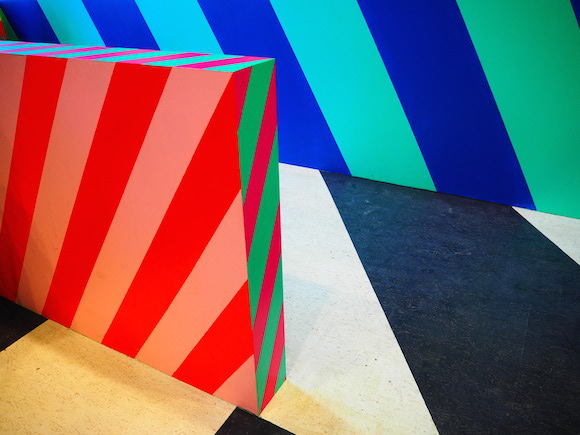
Although each installation took up lot of space, the curation of each installation was divided generously. None of the installations distracted one from the other. Like an amusement park with many different rides, this exhibition had different “playgrounds” that all allowed visitors to interact, to explore, and to discover. In the cases of Light Painting by Daniel Lisson, 3Destruct by AntiVJ, and Berlin Façade by Leondro Erlich, are some playgrounds that gave these experiences.
First, the Light Painting by Daniel Lisson took place in dark room on the top floor. The room had to be completely dark for the painting to be successful. By groups of individuals, the visitors got to interact with the space by being captured in these light paintings. The room would be black while the photographer would use flashlight to reveal people or objects in the dark. It’s an interesting way to allow visitors to interact, such that they can’t see the artwork until after they’ve interacted with it.
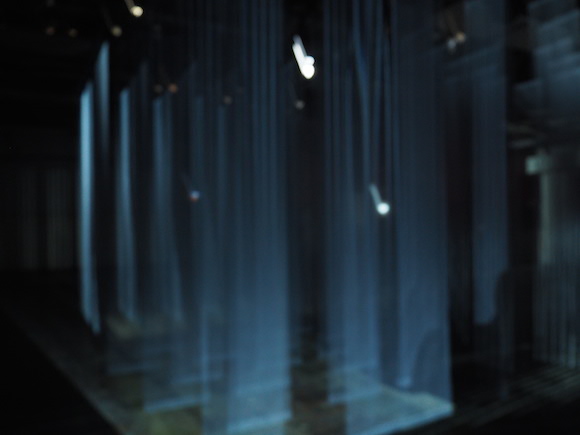
Secondly, the 3Destruct by AntiVJ was very captiving. From the moment you step into the room, you are welcomed by the sound and light projects in the dark room. The more you get closer to the installation you realize it’s constantly moving. The projects and mesh material allow kind of transparent playground that you can explore. Whether you’re far away or inside the installation it really captures your attention.
Lastly, the Berlin Façade by Leondro Erlich felt like real playground that allowed you to use your OM‐D. I showed you different perspective of things we see through our eyes, as well as our lens. Climbing on this “wall” gave visitors interaction with the installation and allowed them to really explore with the camera. They could take pictures in different angles and perspectives that changed the whole experience of the installation. Making great use of the camera in the playground was successful installation by Erlich.
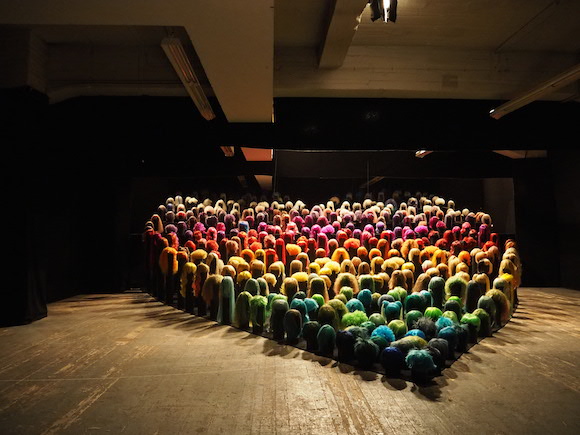
Olympus Photography Playground is unique experience as an art exhibition. They successfully integrate the OM‐D camera with the installations by various artists, which truly give visitors different kind of experience with art. Today, as technology advances and becomes more of tool, this exhibition helps to combine art, design, and technology into physical experience for Berlin. I is worth second visits, especially because its free entrance with free camera to use, also in the end all the photos taken are free to take home on the SD card. It’s definitely new way to interact, explore, and discover in an exhibition.
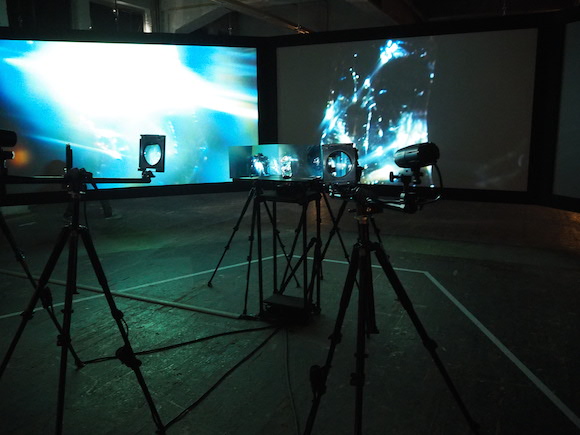
Text
Irene(Jinha)Kim
Bild
Irene(Jinha)Kim
